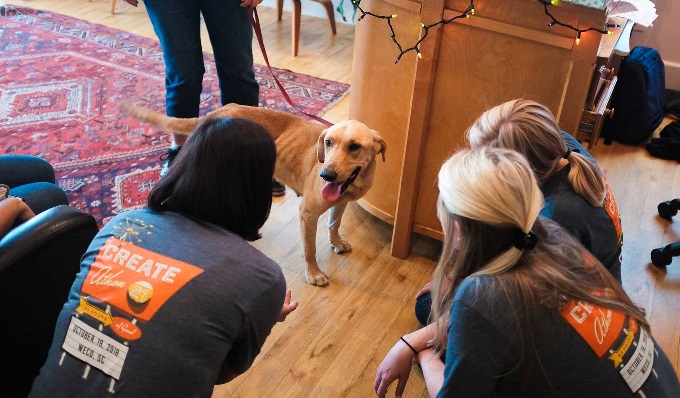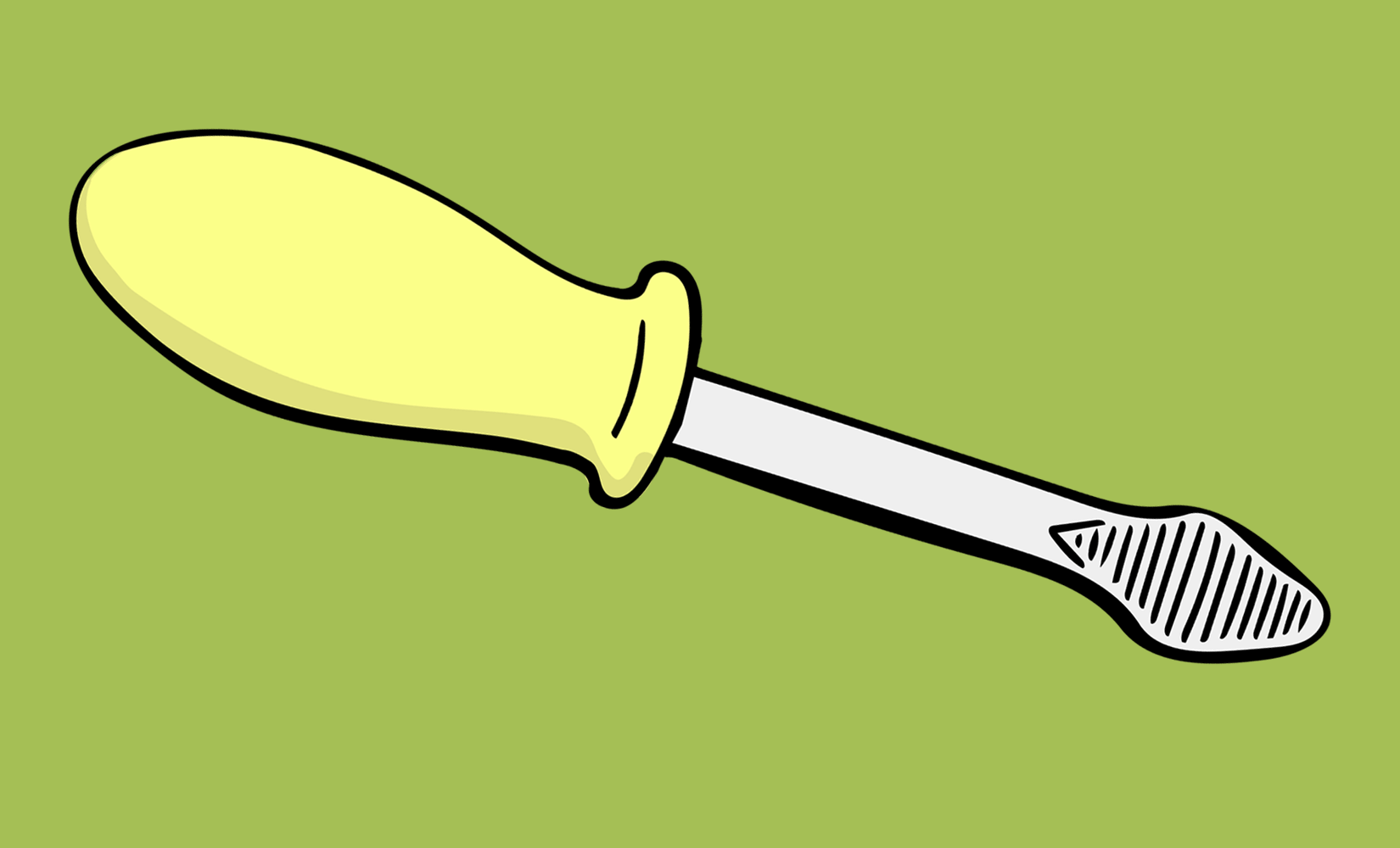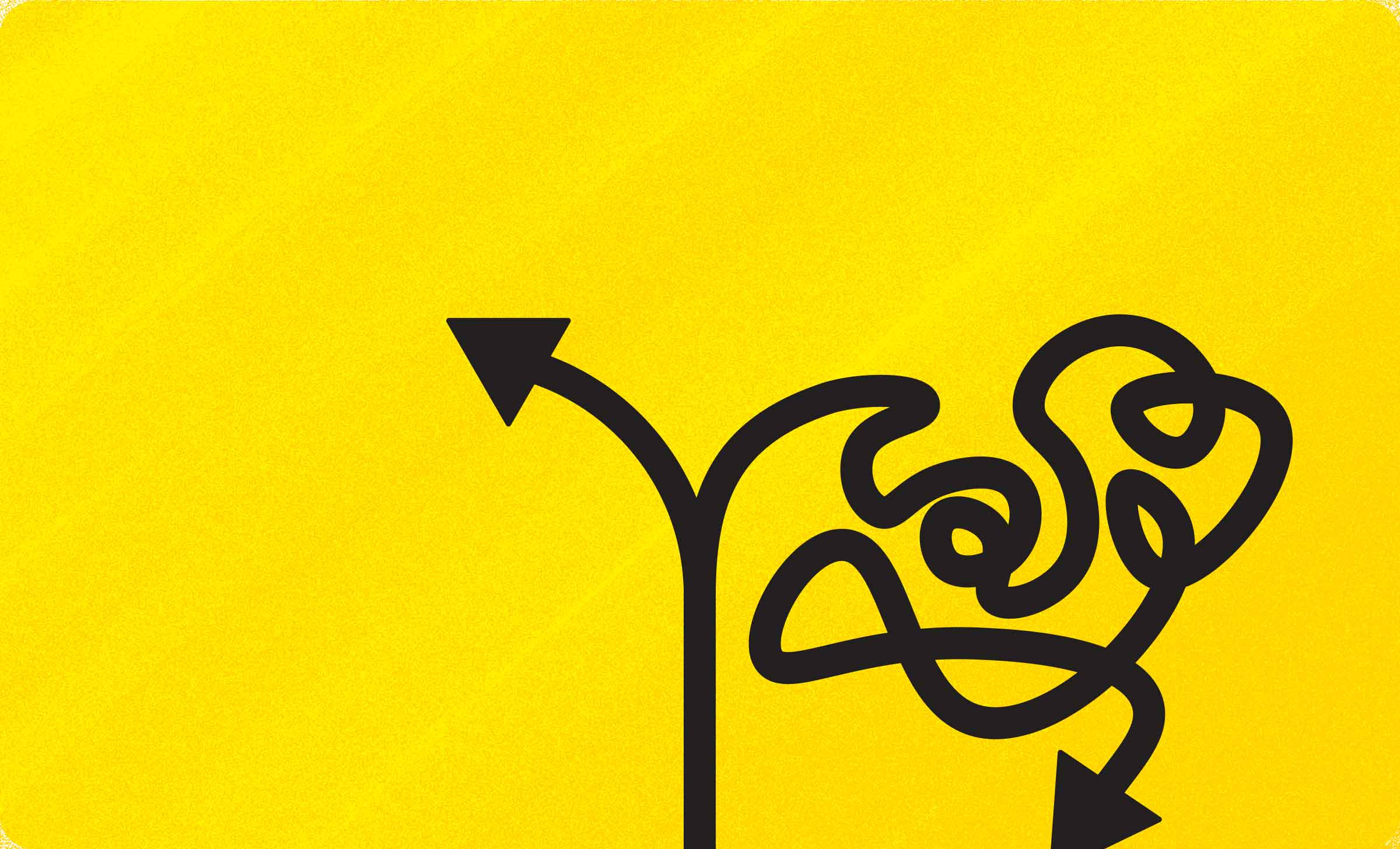Short Timelines Are Not an Excuse for Bad User Experience
3 min read
Every fall, our office becomes home to a 24-hour marathon of creativity called CreateAthon. This is the quickest of the quick turnarounds: just a single day (and night) for creatives from all disciplines to produce work for a group of selected nonprofit groups who wouldn’t otherwise be able to have professional logos, promotional materials, advertisements, or – yes – websites.
The Deadline of All Deadlines
Those of us who work on web projects can all agree: creating or even defining a small website in 24 hours is a tall order. In many cases, it would be asking a lot just to have an initial new site structure planned out in a day.
Add to that a team that’s never worked together as a whole before, sleep deprivation, and a looming deadline that can’t be pushed back – the client arrives at 7am sharp to see the work.
It’s a challenge we take on every year, led by our officemates at Riggs Partners and other wonderfully creative folks from the area. And a challenge it is. The branding experts have a vision for the brand that the website must capture. The designers on the team are, of course, interested in how the site looks. The writers apologize, but they don’t have time to make the words shorter. These things are actually true of any team. On a short timeline, it’s incredibly easy to throw user experience to the wind and present something that looks nice, even if its usability is questionable at best. Especially at, say, hour 19 (3am-ish).
Giving User Experience Its Due
But that’s not how we do things around here. Giving a client a website that looks like a finished product but actually has big usability holes would haunt us and their site well into the future. We do CreateAthon to help nonprofits, and for us that means helping them serve their users excellently online. That means we can’t let the pressure of a deadline lead us to a pretty but unusable shell of a site, phoning in navigation and structure, ignoring top tasks, writing large chunks of text people will have to read to get anything done, or focusing only on the brand, losing our users in the clutter.
All that to say: Even when you’re on the shortest deadline imaginable, every decision still must be made with your users in mind.
Adopting a User-First Mindset
Focusing every decision on your users under a tight timeline might seem like a difficult and time-consuming route, but it doesn’t have to be. No matter how little time you have, you still have to make decisions about structure, design, words, actions, etc. You can choose how you approach those decisions. You can decide to go with the first thing that comes to mind, or the thing that helps your users. It’s a matter of how you’re making decisions, not the time involved in making them.
As you make choices, as quickly as you may be doing so, constantly ask the question, “Does it help the real people using this site or app?” If the answer is no, it’s not the right way to go. If you follow this decision-making process, that alone will help your site or app’s user experience by a thousand-fold.
That’s not to say there won’t be times when the right way is also the more difficult way. But if it’s important to users, it’s worth spending time on. And if it’s not important to users? Honestly, you don’t need it.
When deadlines are tight, it seems easier to take shortcuts and forget about usability. But ignoring user experience in the interest of time won’t get your business (or client’s business) anywhere. You will only produce lazy, cookie-cutter experiences that don’t help site engagement and, frankly, anyone can make.
Make good use of the little time you have – serve your users first and let the rest fall into place.





